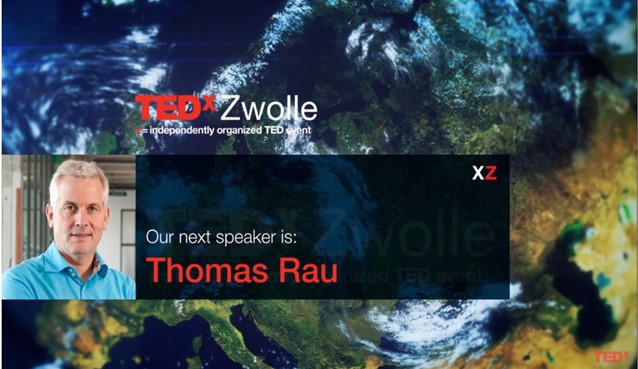What if the house of the future could be built, dissasembled and rebuilt, as if it were made of LEGO? This is one of the solutions that experts in the building sector have imagined in order to fight climate change.
Construction is a major cause of pollution. According to the last UN Global Status Report for Buildings and Construction, in 2019 the sector moved away and not towards the Paris Agreement’s goal of keeping the global mean temperature rise to well below 2°C.
The EU's housing sector uses 50 per cent of extracted materials, 40 and 30 per cent of the available energy and water respectively; it causes 30 per cent of total waste and 35 per cent of greenhouse gas emissions.
To get on track to net-zero carbon building stock by 2050, the International Energy Agency (IEA) estimates that direct building CO2 emissions need, by 2030, to fall by 50 per cent. However, indirect emissions should also be decreased, by 60 per cent.
Martin Pauli from Arup, an architecture and consultancy firm engaged in environmental protection, says: “In the past, it was all focused around energy efficiency. But the materials that we use in buildings contain what we call ‘grey energy’, which makes the production of materials for concrete super carbon-intensive.” It is called grey because is not visible and it refers to the amount of energy required to extract a material from nature, to manufacture and transport the end product.
One of the solutions is for buildings to become part of a circular economy, where everything is recycled and nothing is wasted. In other words, they would be “circular buildings” or better “buildings with circular potential”, as Thomas Rau points out, as we can never know what will be done with them in the future but it is important that the potential for reuse is there.
The Dutch architect is a pioneer in the sector. An example is his “wooden cathedral” designed to host the headquarters of the Triodos Bank, in Driebergen-Rijsenburg, The Netherlands. “It was the first 100 per cent remountable office building in the world,” he says.
Rau and his wife and collaborator Sabine Oberhuber, architect as well, have designed an innovative approach which gives an identity to construction materials. They even presented a petition to the United Nations for a Universal Declaration of Material Rights.
“I'm not naive,” admits Rau, “I know we won't have the rights any time soon. This is a very small seed of what is necessary for the future, and I'm sure it will come because if you have to take care of something, you have to respect its rights.”

Architect Thomas Rau’s speech on circular economy at a TEDx event
The “Material matters” philosophy, which is also the title of their manifesto-book, took shape in two tools: material passports and the Madaster platform. The idea is that all building materials should be registered with their quantity and quality noted, and archived in a cadaster. “Waste is material without identity,” says Rau. Instead, if you know an object is made of copper, you can use it again. That is why passports are crucial.”
The final goal is to make the transition to the circular economy profitable for the owners of buildings whose material value can be calculated at the end of the cycle and put on the market again. Rau gives the example of Amsterdam's Schiphol airport where the old Hilton hotel was demolished and given a materials passport. It turned out that the building still contained 900,000 euros worth of materials. The property company could thus renegotiate the terms with the demolishing company and save money. And the materials didn’t go to waste.
Created in 2017 and opened in the Netherlands, Switzerland and Norway, the Madaster platform will be introduced in Finland, Denmark, Belgium, and Saudi Arabia. Rau’s TurnToo company is also testing its tools under the EU Houseful project, which is implementing circular solutions in buildings. The consortium involves sixteen European partners representing suppliers, designers, public agencies, inhabitants associations, policy makers and academic institutions.
The new system seems to be on the right track, but how is the industry reacting? Mauro Spagnolo, editor-in-chief of the Italian web magazine Rinnovabili.it, comments: “Builders are conservative, and few are fully aware of the environmental problem. But this is changing, in part thanks to the EU regulations, which are somehow imposing this awareness.”
The main issue, according to Spagnolo, is the cultural gap between countries: only a few countries in Northern Europe are actually incorporating these principles into law, but the rest of the continent still lags behind. However, he says: “When I first started dealing with these issues, less than 10 per cent of the construction materials had the potential to be recycled; today it’s more than 60 or even 70 per cent. So, technology is progressing”. In his view, this cultural transformation will revolutionise the building industry.
youris.com provides its content to all media free of charge. We would appreciate if you could acknowledge youris.com as the source of the content.